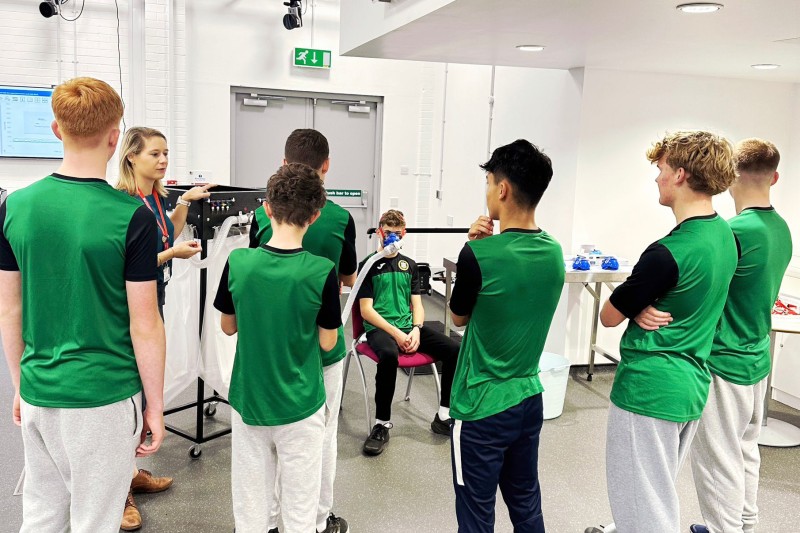The project team at the HMS Invincible excavation site recently issued a call for volunteers to come and take part in the examination and documentation of artefacts being excavated from the 274 year old battleship.
You can volunteer for one or two days on Saturday 15 & Sunday 16 December.
Work will include cleaning and basic recording of various artefacts recovered from the wreck to date, whilst being supervised by a member of staff. Places are limited to six people each day and will be issued on a first come first served basis.
Kevin Stratford, a Technical Engineer in the Faculty of Science & Technology and marine archaeologist, is part of the HMS Invincible project team, and had this to say about this rare opportunity: “This is your chance to get your hands on history, come and help us examine and document genuine maritime artefacts that could help to shape what we know about maritime warfare and life in the 1700s. We are looking for people with a passion for history who want to get involved in something which will help us all in how we understand our past.”
If you're interested in taking part please email Kevin Stratford directly.
About the project
The HMS Invincible was originally built by the French in 1744 as a gun ship carrying 74 guns ranging in size and power. It was captured by the Royal Navy in 1744 and became wrecked in 1758 after hitting a sandbank in the East Solent.
The wreck of HMS Invincible was found in 1980 and various teams have been working on excavating the ship since. As of 2017, marine archaeologists from BU have been working alongside the National Museum of the Royal Navy (NMRN) and the Maritime Archaeology Sea Trust (MAST) in order to excavate and document as much as they can from the site. The artefacts from the wreckage will give maritime archaeologists a unique look in to the weaponry and defences that were used aboard battleships during the 1700s.
Once the artefacts have been examined and documented, they will go on display at the National Museum of the Royal Navy in Portsmouth Historic Dockyard, and displayed alongside other maritime artefacts from the Mary Rose and the HMS Victory.



